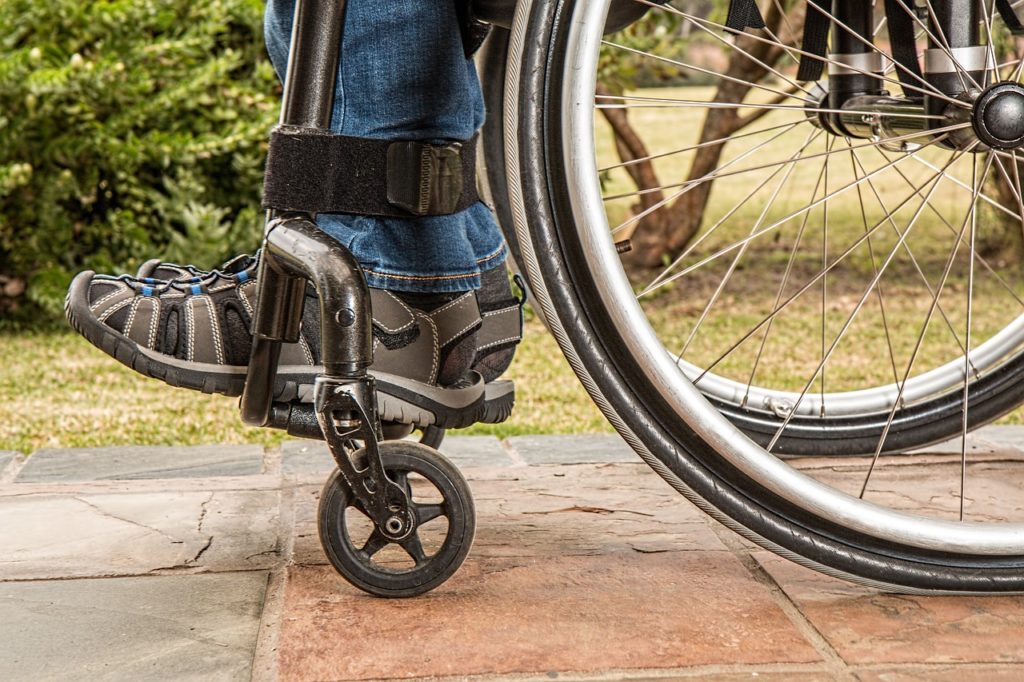As the world becomes more digitalized, more and more healthcare providers seek ways to deliver better service to their patients from the comfort of their homes. This transformation in healthcare delivery is evident in the growing popularity of telemedicine, remote monitoring, and home healthcare services.
For healthcare providers, delivering better service to patients in the comfort of their homes is a priority. Patients are more likely to trust their healthcare providers and comply with their treatment plans when comfortable. Here are some ways healthcare providers can deliver better service to their patients in the comfort of their homes from Eric Ahiekpor.

1. Develop A Strong Communication System
Effective communication is critical to delivering better service to patients in the comfort of their homes. Healthcare providers must have a robust communication system for constant communication between patients and healthcare professionals. One way to achieve this is using digital communication platforms such as video conferencing, text messaging, or phone calls.
2. Engage Patients With Telemedicine
Telemedicine allows healthcare providers to interact with patients via video calls from their homes. This technology has revolutionized healthcare delivery by making healthcare services more accessible to patients. Studies have shown telemedicine has significantly improved patient satisfaction, reduced emergency department visits, and made healthcare more affordable.
3. Implement Remote Patient Monitoring
Remote patient monitoring is a technology that enables healthcare providers to monitor patients’ health status remotely. The technology uses sensors, wearables, or mobile devices to collect and analyze patients’ vital signs, such as blood pressure, heart rate, and oxygen levels. The data is then transmitted to healthcare professionals, who can use it to make informed decisions about the patient’s care plan.
4. Promote Medication Adherence
Medication adherence is an essential aspect of healthcare delivery. Healthcare providers can improve medication adherence by educating patients about medication usage, dosages, and side effects. Another way to promote medication adherence is using innovative pill dispensers to remind patients to take their medication at the right time.
5. Expand Home Health Care Services
Home health care services allow patients to receive medical care in the comfort of their homes. These services include wound care, physical therapy, or medication management. Expanding home healthcare services provides patients with better access to care, reduces healthcare costs, and promotes patient independence.
6. Personalize Care Plans
Personalizing care plans is critical to delivering better service to patients in the comfort of their homes. Healthcare providers should work closely with patients to develop individual care plans tailored to their needs. Personalized care plans improve patient engagement and satisfaction.
7. Provide Health Education
Health education is an essential component of healthcare delivery. Healthcare providers should provide patients with health education materials about the conditions they are experiencing, treatment plans, and lifestyle changes. Health education empowers patients to participate actively in healthcare, promotes self-care, and improves treatment outcomes.
8. Embrace Technology
Technology has transformed healthcare delivery in many ways. Healthcare providers can harness the power of technology to deliver better service to patients in the comfort of their homes. For example, Electronic Health Records (EHRs) allow healthcare providers to access patient records remotely, Telehealth and video conferencing improves communication between patients and clinicians, and mobile apps promote patient engagement.
9. Use Data To Drive Quality Improvement
Data analytics is an essential tool for healthcare providers when delivering better service. Healthcare providers should use data analysis to track patient medical history, medication adherence, and patient outcomes. This data can help refine quality improvement initiatives, care coordination, and overall patient care.
10. Build Trust And Rapport
Patients who trust their healthcare providers are more likely to comply with treatment plans and experience better medical results. Healthcare providers should build trust and rapport with patients by being transparent, communicating effectively, and showing empathy. A positive relationship between healthcare providers and patients fosters trust, improves patient compliance, and promotes better health.
Conclusion
Delivering better service to patients in the comfort of their homes is a priority for healthcare providers. Improving communication systems, using telemedicine and remote monitoring, promoting medication adherence, expanding home health care services, personalizing care plans, providing health education, embracing technology, using data to drive quality improvement, and building trust and rapport are some of the ways that healthcare providers can achieve better patient care. By using these strategies, healthcare providers can improve patient satisfaction, promote better health outcomes, and make healthcare more accessible and affordable.